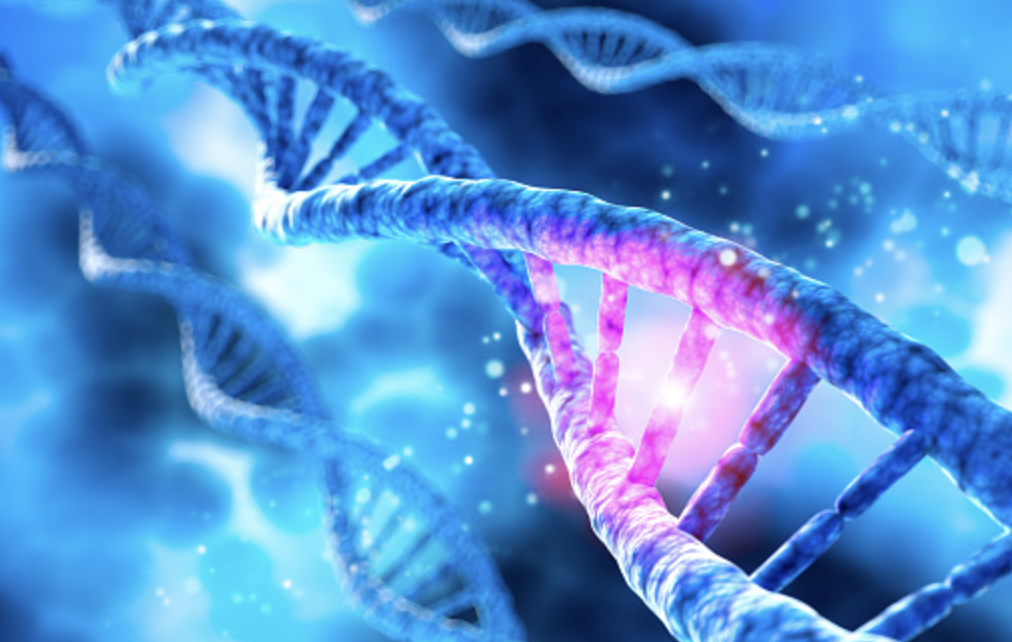Over the summer, Emma Phan, FCRH ’26, worked on Amyotrophic Lateral Sclerosis (ALS) research. ALS is a neurodegenerative disease that causes nerve cells to break down over time and causes a deterioration in physical function. In the lab, Phan was studying potential drugs that could mitigate the onset of the disease.
Phan explains that past research has shown that a specific protein, SOD1, is associated with ALS. When the protein is functioning properly, it prevents cells from being damaged by certain toxins. However, for individuals with ALS, this protein somehow mutates and loses its ability to detoxify and protect the cells, which allows toxins to accumulate and hurt the motor neurons. “The goal of our project was to design a drug that could help this protein when this protein gets mutated; we can deliver drugs that have antioxidant properties which aim to create that protection shell that has been lost because of the mutation,” Phan said.
The first stage of Phan’s research was computationally based. She looked at compounds to see if they could have the desired effect on the protein mutation. Phan looked at 16 total compounds computationally, which she then narrowed down to four to conduct lab experiments on during the summer. Phan worked in Dr. Ipsita Banerjee’s nanomedicines lab, and Banerjee was actually the person who produced all of the compounds that Phan was running experiments on. “Basically, the compounds or drugs that we are using in these experiments are the first time that they have ever been produced before,” Phan said. Phan explained that in the field of nanomedicines, there is a concept called peptide-conjugate drugs, whose advantage lies in the fact that the peptides are able to improve cell penetrations and targeting.Banerjee created the peptide chains and assigned which compounds and peptides should go together, based on their properties. The formal name for these drugs is novel conjugates. “That was really exciting to work with…it’s really impressive that she was able to create something like that,” Phan said.
After this process, Phan moved to lab experimentation. In their lab, they would synthesize the conjugate, while they had chemical companies synthesize the peptide. Phan then performed multiple experiments to test and analyze these drugs. The first experiment was done to ensure they had correctly created the drug that they had synthesized computationally. Phan then moved into the second phase of experimentation. She tried to determine if the drugs would have the desired effect on the misfolding of the protein. First, Phan explained that she conducted extracellular analysis, where she studied the drugs outside of the cells using a technique called circular dichromosomes, which reveals the secondary structure to see if their drug had any impact on the structure of the protein. After that, she moved to intracellular analysis, where she studied the drug interacting with the protein. Phan was working with HEK293 cells, which are a type of kidney cell. Using a technique called transfection, Phan used bacteria that carried the plasmid of the protein so that the HEK293 cells would have the protein that she wanted to study; next she would do a viability assay to determine if the drugs were safe for human cells. After she confirmed this, she would do an SOD1 assay, which tells Phan if the drugs are able to increase the antioxidant defense of the cells. Through all of this experimentation, three out of the four drug compounds that Phan tested were shown to be effective in increasing the SOD1 activity levels within the cells, which are promising results.
Phan said she has had an inclination towards medicine since a young age, but her desire to study chemistry in college stemmed from her desire to learn more about the elements that make up everything that we interact with on a daily basis. “I think that if I have enough knowledge of all the elements that make up our world, I can somehow create something or improve something based on the knowledge that I have; I want to produce something that is innovative or beneficial in some way,” Phan said.
While there were many challenges that Phan faced during her research, one of the biggest learning curves for her was the complicated techniques that were involved in her work. “From lecture and lab to actual research is, I would say, a really challenging transformation because in the lab, nothing is perfect. I learn and fail a lot of times.” It took extreme dedication and intricacy to perform many of the experiments, Phan said.
In the future, the lab is moving in two directions: working on an extension of this project where they test on more mutations computationally, and expanding their data by synthesizing more compounds. They also are thinking of testing their drugs on diseases similar to ALS because other neurodegenerative diseases often have similar mechanisms. As for her own future, as Phan is still a sophomore, and says she’s not entirely sure what she wants to do in the future yet. She said working with such novel materials has proved to her that she wants to remain on the cutting edge of the scientific world. “I hope that I can be a part of a company that has innovation in some type of way, either in medicine, cosmetics, food or materials that can have beneficial or innovative properties and can improve the products that we’re using right now,” Phan said.













































































































































































































